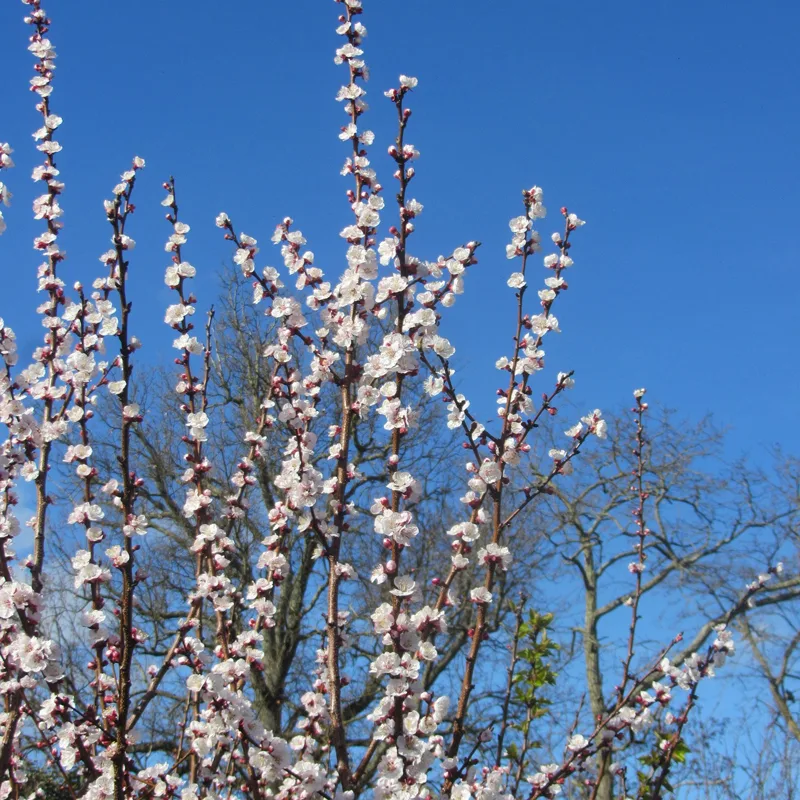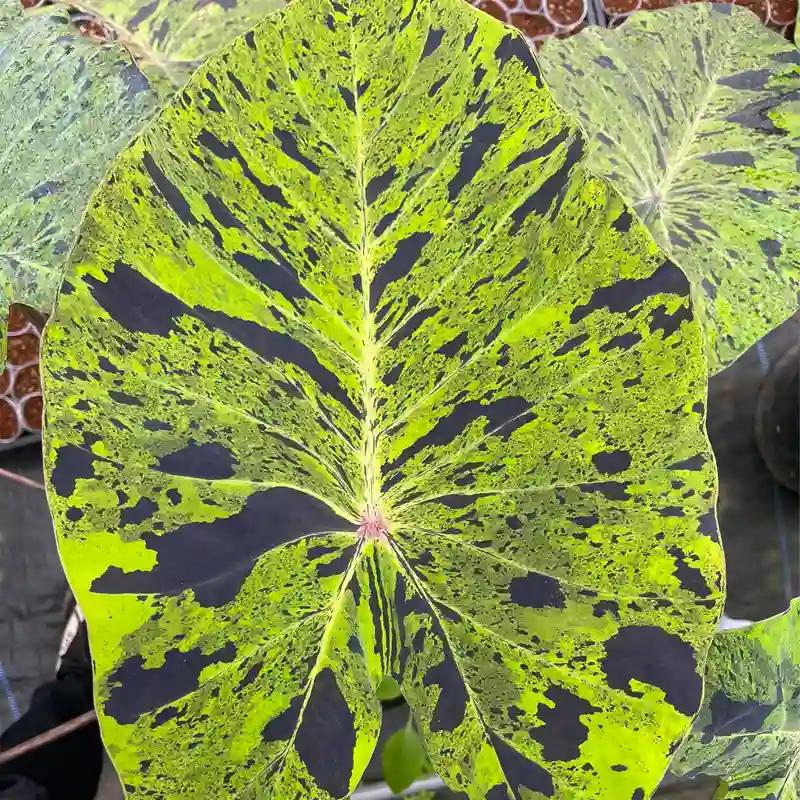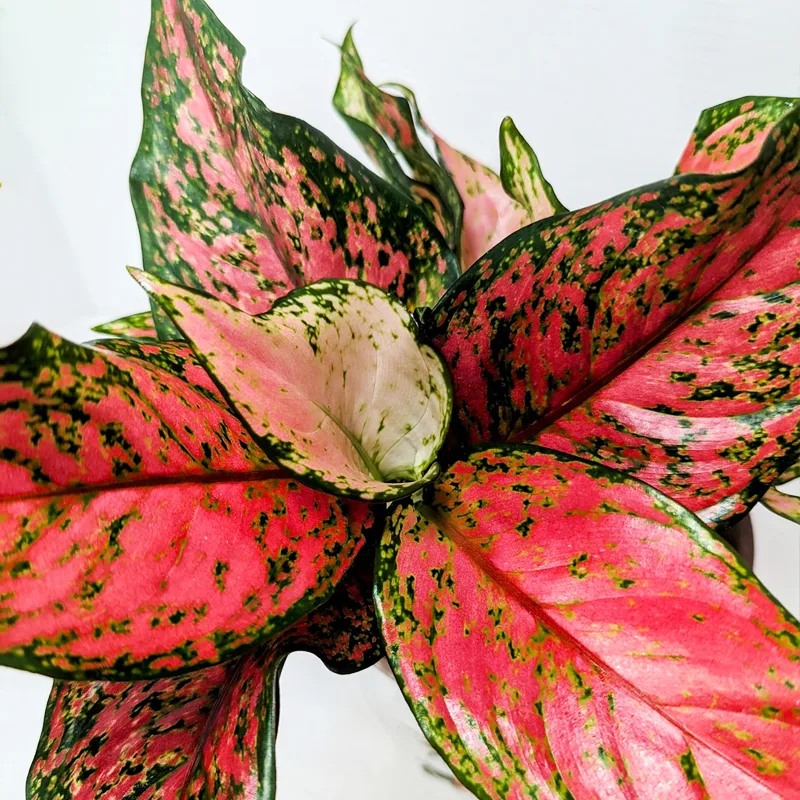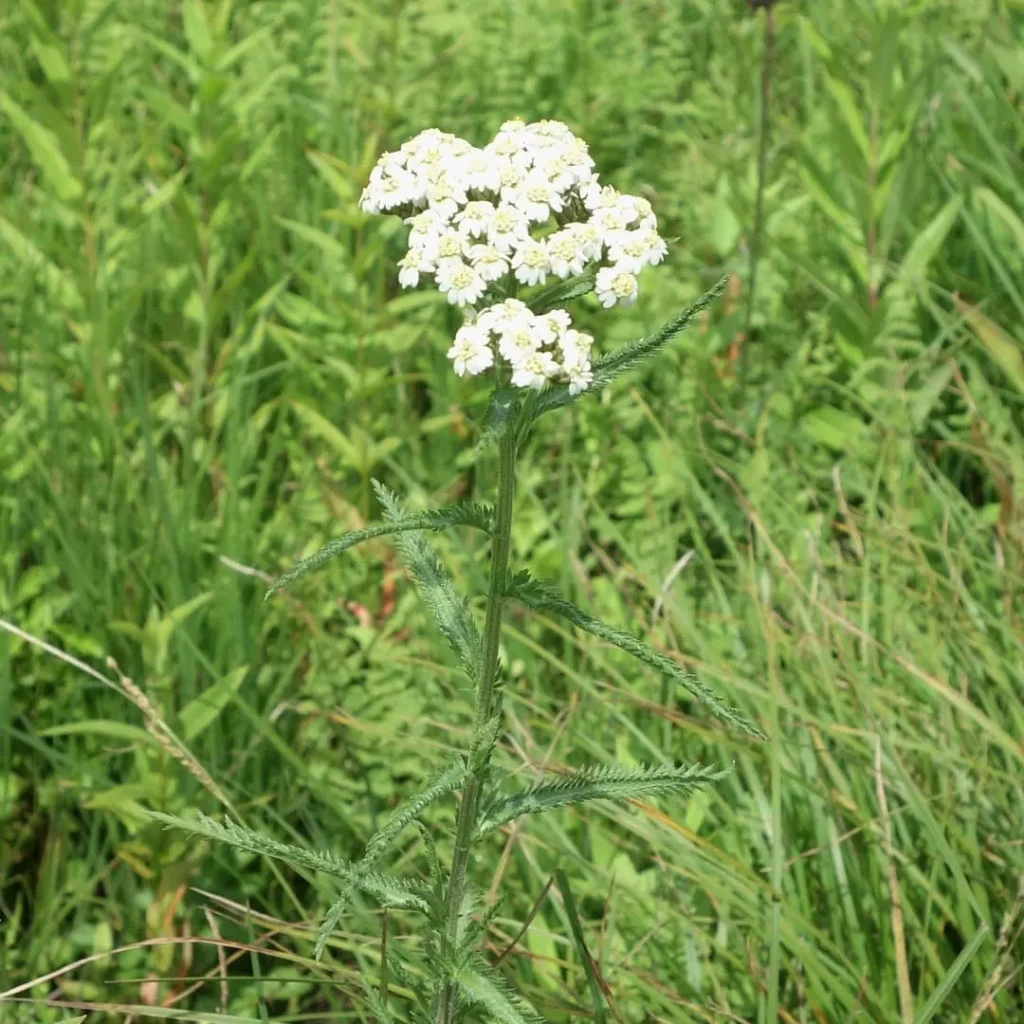The Enigmatic Paris Plant: A Personal Exploration
My name is Ferb Vu, and I’ve always been drawn to the unusual and intriguing in the natural world. Recently, my attention was captured by the Paris genus, a group of plants that are as fascinating as their namesake city. These herbaceous perennials, members of the Melanthiaceae family, possess a unique beauty and a captivating history that I’m eager to share with you.
Unveiling the Mysteries of Paris
Unlike the bustling metropolis, Paris plants exude an air of quiet mystery. They thrive in the cool shade of temperate forests across Europe and Asia, their understated elegance often overlooked amidst the more flamboyant flora. What initially struck me about these plants is their distinctive structure. Most species feature a single, erect stem topped with a whorl of leaves, creating a symmetrical, almost architectural form. From this central point emerges a solitary flower, often greenish or white, with an intriguing structure that varies between species.
This simplicity, however, belies a complex genetic story. One member of the genus, Paris japonica, made headlines in 2010 for having the largest genome of any organism known at the time. This discovery further fueled my curiosity about these botanical enigmas.
Delving into the Diversity of Paris
The Paris genus comprises around 27 recognized species, each with its own unique characteristics and distribution. Some of the more notable species include:
- Paris quadrifolia: Perhaps the most well-known, this species is commonly called Herb Paris. It features four leaves and a single greenish-purple flower.
- Paris polyphylla: Native to the Himalayas and China, this species is known for its medicinal properties in traditional Chinese medicine.
- Paris japonica: Famous for its record-breaking genome, this Japanese species has striking, large white flowers.
- Paris bashanensis: Another Chinese species, this one hails from Sichuan and Hubei provinces.
- Paris caobangensis Y.H.Ji, H.Li & Z.K.Zhou
- Paris chinensis Franch.
- Paris cronquistii (Takht.) H.Li
- Paris delavayi Franch.
- Paris dunniana H.Lév.
- Paris fargesii Franch.
- Paris forrestii (Takht.) H.Li
- Paris incompleta M.Bieb.
- Paris lancifolia Hayata
- Paris liana Y.H.Ji
- Paris luquanensis H.Li
- Paris mairei H.Lév.
- Paris marmorata Stearn
- Paris qiliangiana H.Li, Jun Yang bis & Y.H.Wang
- Paris taiwanensis S.S.Ying
- Paris tetraphylla A.Gray
- Paris thibetica Franch.
- Paris vaniotii H.Lév.
- Paris verticillata M.Bieb.
- Paris vietnamensis (Takht.) H.Li
- Paris xichouensis (H.Li) Y.H.Ji, H.Li & Z.K.Zhou
- Paris yanchii H.Li, L.G.Lei & Y.M.Yang
- Paris yunnanensis Franch.
This is just a glimpse into the diversity within the Paris genus. Many other species, such as Paris cronquistii, Paris daliensis, and Paris delavayi, continue to be studied and documented, adding to the richness of this fascinating group.
Cultivating an Appreciation for Paris
While not as widely cultivated as some more showy plants, Paris species can be a rewarding addition to a woodland garden or a shaded border. They prefer humus-rich, well-drained soil and a cool, sheltered location. Propagating them can be done through division or seed, although patience is required as they are not the fastest growing plants.
For me, the appeal of Paris lies not only in their aesthetic qualities but also in their resilience and adaptability. They have carved out a niche for themselves in the understory of forests, quietly thriving in conditions that many other plants would find challenging. This understated strength, coupled with their unique botanical features, makes them a truly captivating group of plants.
A Continuing Fascination
My exploration of the Paris genus has only just begun. I am eager to learn more about their ecological roles, their evolutionary history, and their potential uses in medicine and horticulture. These plants, with their understated beauty and intriguing biology, serve as a reminder that the natural world is full of wonders waiting to be discovered. And just like the city that shares their name, Paris plants possess a certain je ne sais quoi that continues to fascinate and inspire.
If i die, water my plants!



